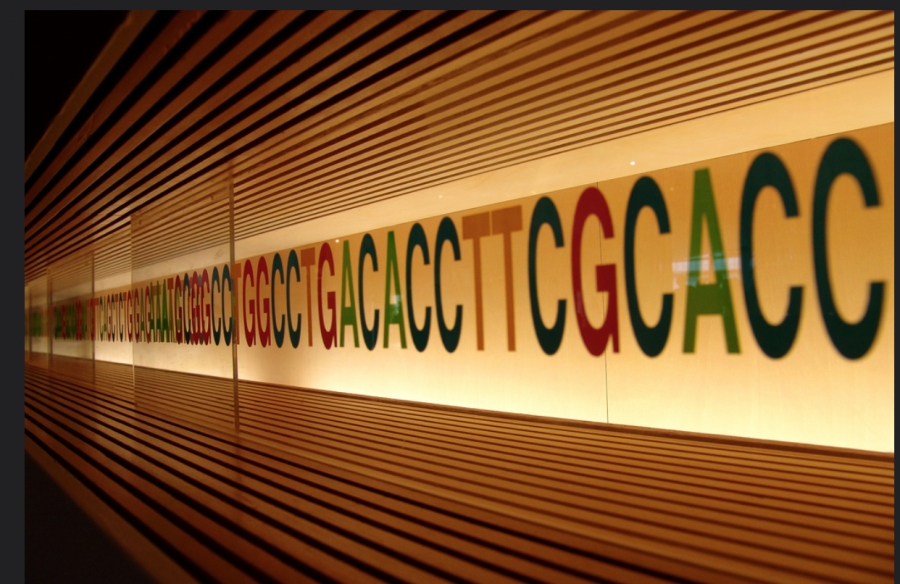While CRISPR‘s full potential in the department of gene editing is still being researched, scientists have just successfully discovered CRISPR’s ability to correct a defective gene that causes a certain type of heart disease. Though scientists are unclear as to the type of gene corrected in order to cause this change, this discovery was made for the first time in the United States, by an experiment done on live human embryos. However the new information yielded from this experiment is extremely beneficial as it shows CRISPR’s potential in correcting genetic errors that cause disease, as well as in human embryos meant for pregnancy.
Another reason for which this study particularly stands out in its importance, is because it is much different from the other developments scientists have made in CRISPR’s abilities. Studies have been conducted worldwide using CRISPR to edit of somatic cell’s gnomes, however, this only affects individual people. This study (also done by researchers in China), has been done by editing germ line cells, which result in changes that are passed down through every following generation.
However since the changes made to cells do affect all generations that follow, scientists are unsure of the exact effects of this new technique. Although it seems that this technology will be very beneficial in stopping harmful genetic diseases, it can also be used for changing DNA to genetically determine the eye colors, height or even mental and physical abilities and intelligence. This new phenomenon is own as “designer babies”, and for many reasons, this is not something that the United States is trying to use CRISPR’s abilities for. For this reason, United States has recently created more severe guidelines regarding gene editing technology, as well as enforcing CRISPR’s use on embryos only for prevention of harmful genetic diseases, when other treatments were not successful – as a last resort – formed by the National Academies of Sciences, Engineering and Medicine.
In the study done, scientists edited out a mutant copy of MYBPC3, using CRISPR. MYBPC3 is a gene that encodes a protein that creates well maintained and structured heart muscles. Hypertrophic cardiomyopathy, known as HCM, are caused by mutations in that gene, and cause spontaneous cardiac arrest. This occurs in even the youngest and healthiest of athletes, affecting 1 in 500 humans.
In this study, the mother was carrying the normal version of a gene, while the father had the mutant gene. Using CRISPR, the scientists were able fix the mutant version, by cutting and replacing the DNA. Directly after they placed the fertilized egg in a petri dish, while introducing the genome editing parts at the same time. The results of this process proved to be very effective, as 75% of the embryos showed no mutant genome. Without the use of CRISPR when egg fertilization occurred, the chances of mutation would have been present in 50%!
From these results the researchers came to the conclusion that they have realized the potential for mosaicism. Mosaicism is when only some of the cells are edited and the rest are not affected, which results in some normal cells, as well as some mutant cells. The scientists have also gathered the effects of off-targets. Off targets are the CRISPR edited genes that appear to look like mutant genes, but are actually not. Within this study, one egg fertilized from 58 showed mosaicism, and there was no detection of effects from off-targets. Theseare very impressive results, due to the fact that both of these possible situations can cause limitations in effectiveness and safety.
Though researchers need to do over this experiment many times in order to soliditfy the effectiveness of this study for the future, if they want to use this on eggs intended for pregnancy, as the eggs fertilized in the study were not meant for pregnancy… However, the results have yielded nothing but good news for the future of CRISPR technology (besides, the risk in advancements in “designer babies”, which couldchange the future of conceiving, forever…). This article was extremely interesting for me to read, as I am very interested in studying Biology in the future, or even pursuing a track to medicine. Perhaps, I may get the chance to even experiment with CRISPR at some time in my life, as it becomes a growing presence throughout the science world!
Primary Source Article: U.S. researchershave used gene editing to combat heart disease in human embryos



Leave a Reply